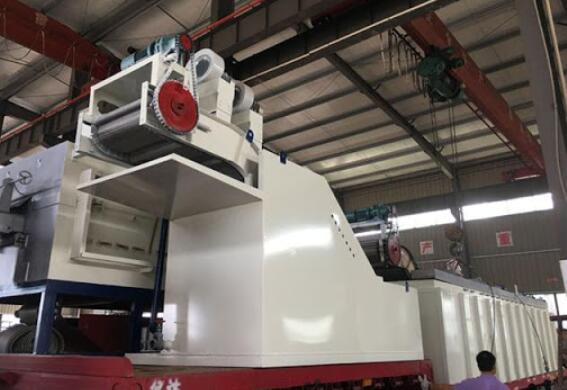Superaudio Frequency Round Bar Induction Hot Forging Equipment
Main features:
1. IGBT inverter technology reduces the operation cost.
2. The design of absolute load rate can work continuously for 24 hours.
3. Digital phase lock automatically realizes the following frequency.
4. Modular design, convenient installation and use.
5. Perfect protection function to ensure the reliability and maintainability of the equipment.
6. The efficiency of the whole equipment has been increased by more than 95% through the technology of resonance conversion frequency.
7. Economical and environmental friendly, it can replace gas / coal / electronic tube induction heater.

Technical parameter:
Model | JLC-30 | JLC-50 | JLC-60 | JLC-80 |
Input power desire | 3 phase 380V 50/60HZ | |||
Oscillate power max | 30KW | 50KW | 60KW | 80KW |
Max input current | 48A | 63A | 90A | 135A |
DC current | 60A | 80A | 120A | 150A |
Oscillate frequency | 10-30KHZ | 10-30KHZ | 10-30KHZ | 10-30KHZ |
Timing | 1M-99.99M | 1M-99.99M | 1M-99.99M | 1M-99.99M |
Cooling water desire | 0.2Mpa | 0.3Mpa | 0.3Mpa | 0.4Mpa |
Duty cycle | 100% 40°C | |||
Net weight | 60kg/30kg | 65kg/45kg | 70kg/45kg | 80kg/55kg |
Complete set includes:
Item | Name of machine or parts | Specification | Amount |
1 | JLC-30/50/60/80KW Generator | - | 1 pcs |
2 | JLC-30/50/60/80KW Transformer | - | 1 pcs |
2 | Foot Fedal | 3 core | 1 pcs |
3 | Induction Coils | - | 2 sets |
4 | Connect Cable | - | 1 set |
5 | Instruction Manual | - | 1 pcs |
6 | Products Catalogue | - | 2 pcs |
Application:
1. End heating
Induction forging refers to using induction heater to preheat metal before using press or hammer to deform. Metals are usually heated to 1100 to 1200 ° C (2010 to 2190 ° f) to improve their ductility and facilitate flow in the forging die. Induction end heating is widely used in bolt manufacturing.
2. Quenching
Quenching improves the hardness, strength, and / or durability of steel by heating and rapid cooling (quenching). If the steel or iron is heated above its maximum critical temperature, the crystal structure of the metal will be modified into a form called austenite. With this arrangement of atoms, carbon can move freely to a new location.
Hardening results depend on complex interactions of process parameters, such as coil and quench design, material analysis, component geometry, heating frequency, heating power, and quench cycle.






